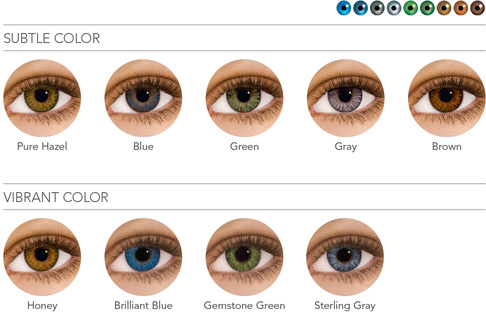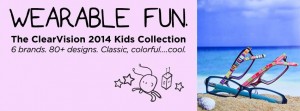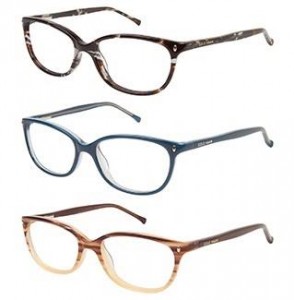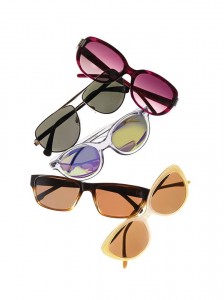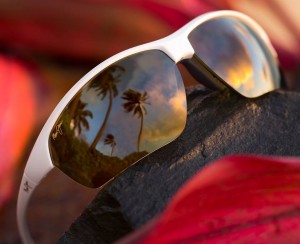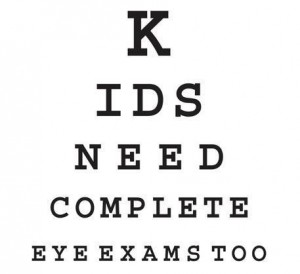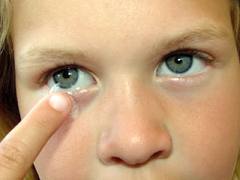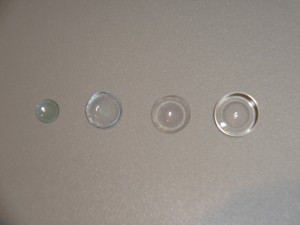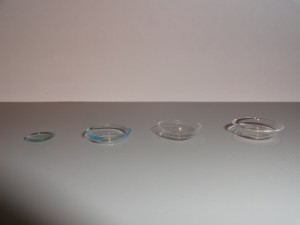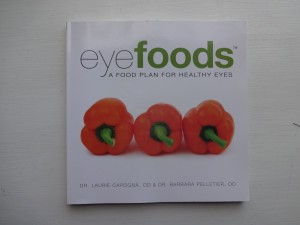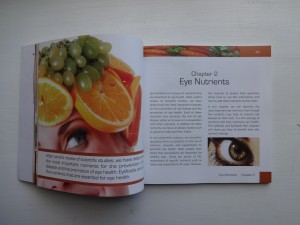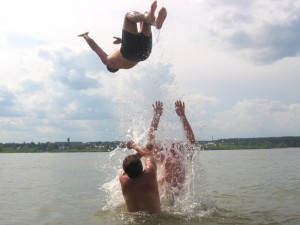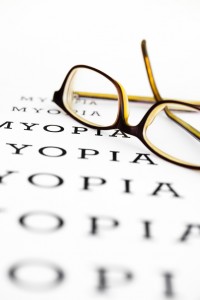Finally, a colored contact lenses is available in the newer, more comfortable silicone 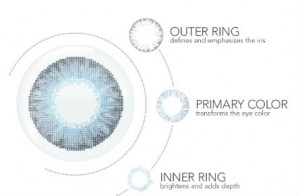 hydrogel material. The combination of technologies provides a more comfortable, breathable and beautiful contact lens. The new Air Optix Colors is a monthly replacement lens. If you currently wear the Air Optix contact lens, ask about trying the colored options.
hydrogel material. The combination of technologies provides a more comfortable, breathable and beautiful contact lens. The new Air Optix Colors is a monthly replacement lens. If you currently wear the Air Optix contact lens, ask about trying the colored options.
The Air Optix Colors are available in Subtle and Vibrant selections. There is a large variety of color options for light and dark colored eyes.
Colored contact lenses are medical devices like any other contact lenses and require a current prescription to purchase. If you are interested in changing or enhancing your eye color, but do not need prescription contact lenses, you can still wear the Air Optix Colors. At Westside Optometry we would train you to handle and care for the contact lenses. Also including in a fitting is evaluation of the contact lens fit, as they are not one size fits all. It is important to your success that the lens centers and moves properly and does not cause any damage to the eye.
